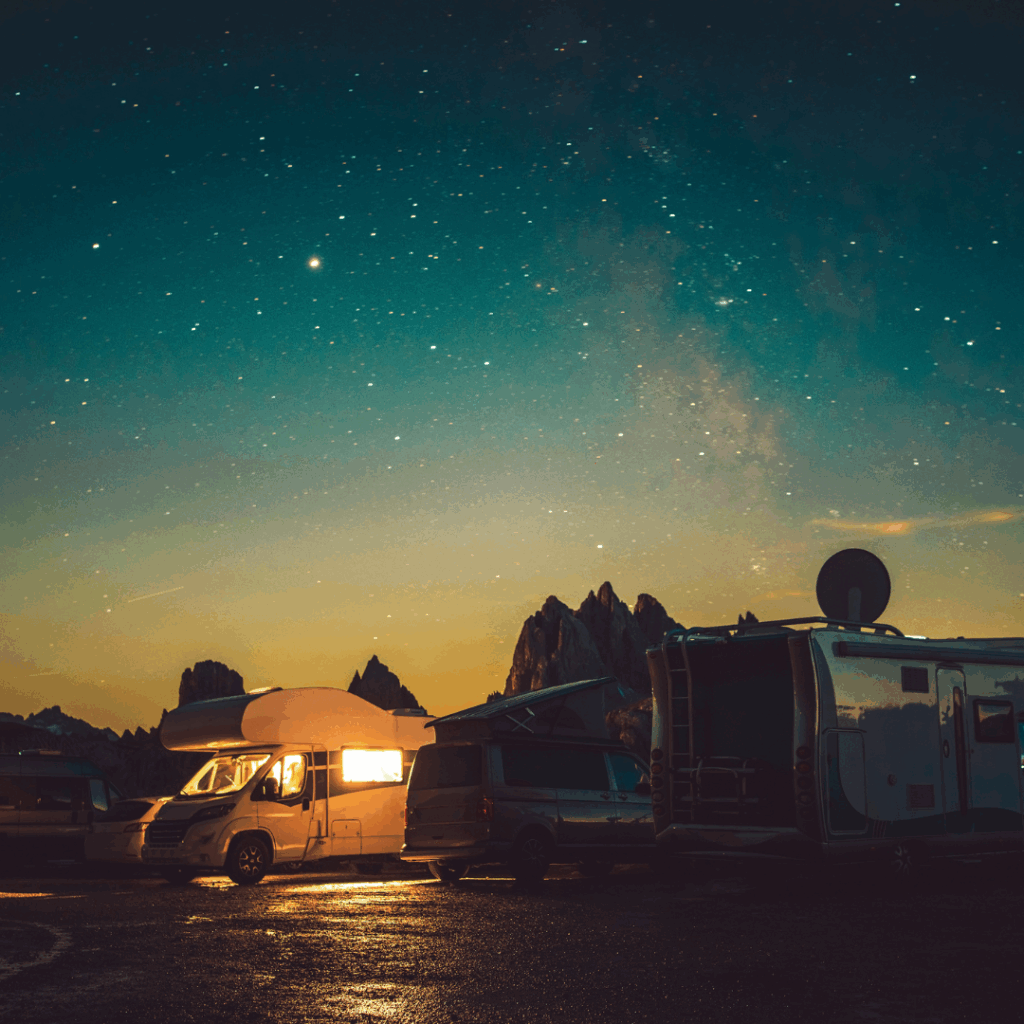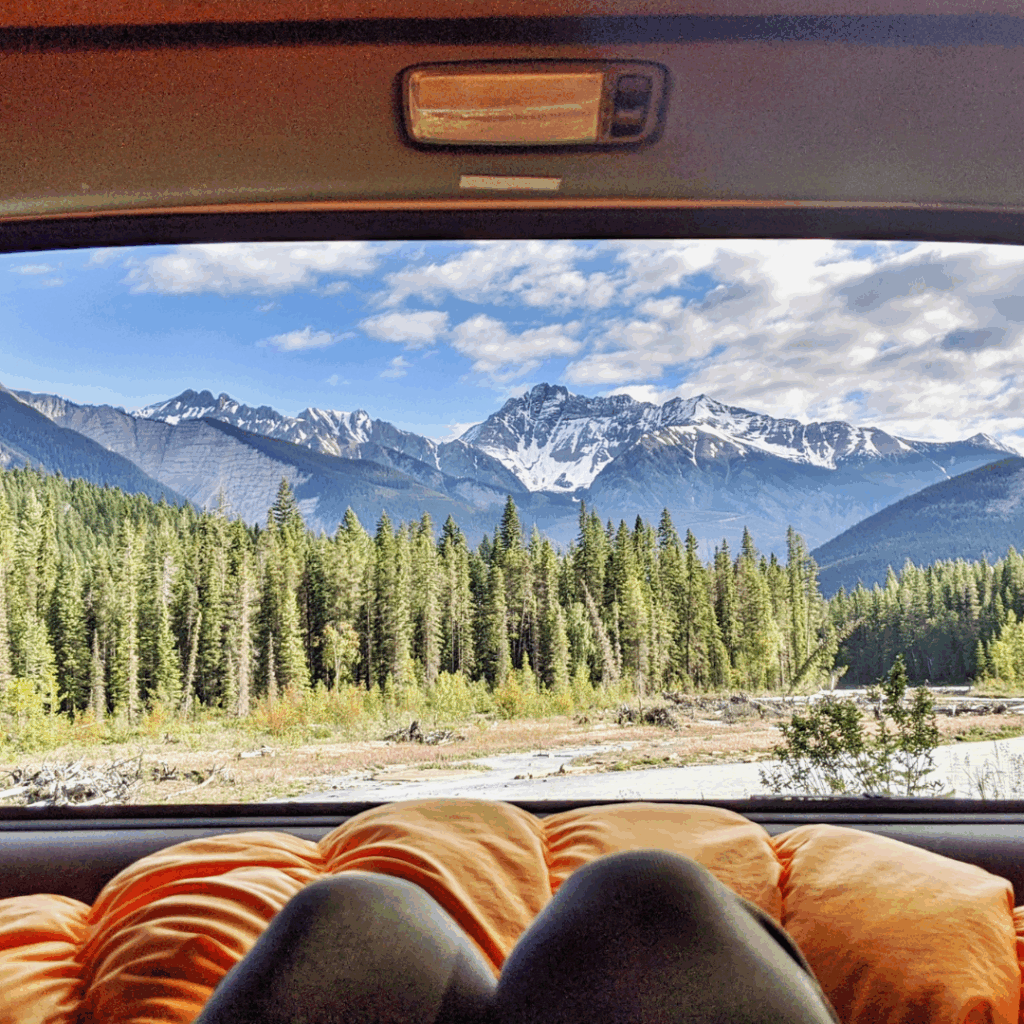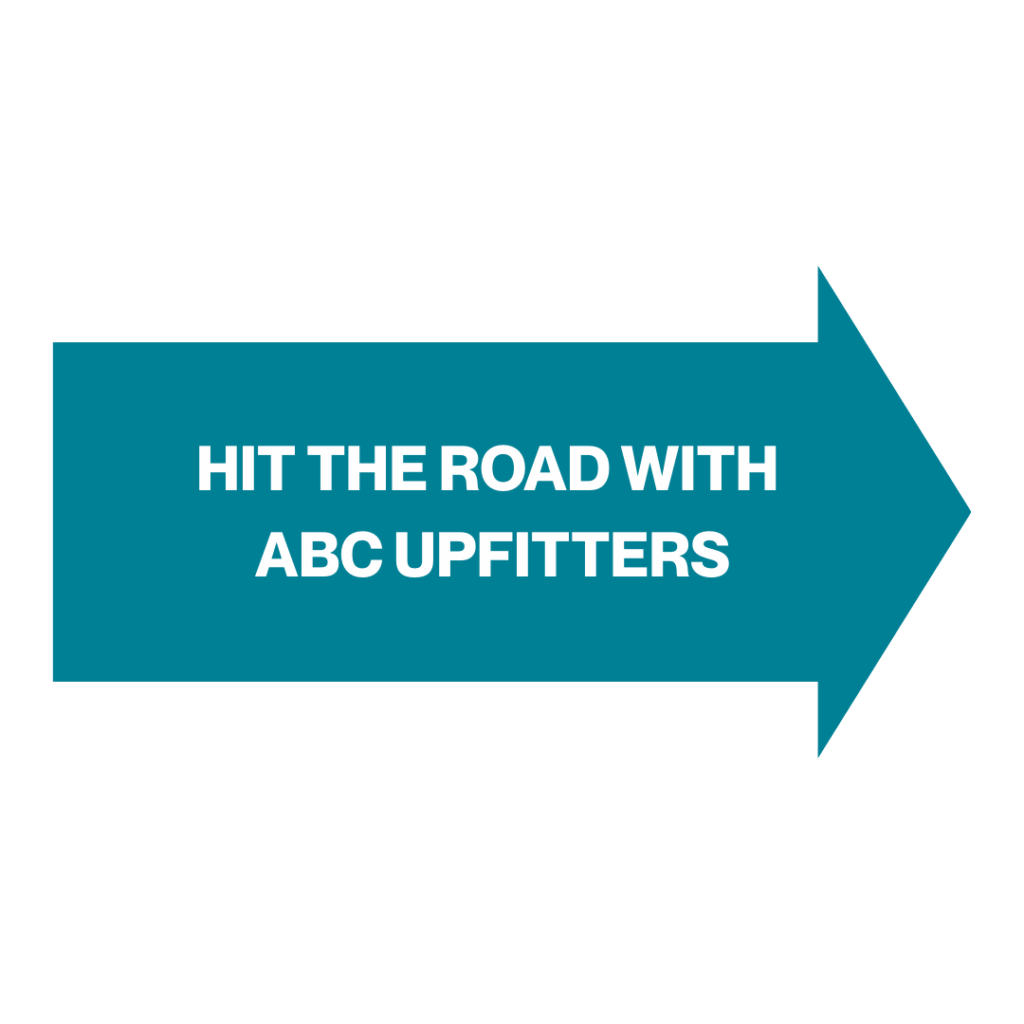Off-Grid Freedom in Iconic American Landmarks

National Park road trips are a dream come true for many RVers, offering ultimate off-grid freedom. If the idea of waking up to sunrise over the Grand Canyon or sipping coffee in the shadow of the Yellowstone Mountains sounds like your kind of adventure, then you’ve come to the right place!
With a little planning (and the right setup), you can explore America’s most iconic landmarks while camping in comfort.
In this blog post, we’ll walk you through some of the best national park road trip routes for boondockers, rules to be mindful of, and tips to make the whole experience smoother. Whether you’re brand new to travel or just looking to stretch your time off-grid, ABC Upfitters has you covered.
Why National Park Road Trips Are Perfect for Boondockers
Let’s be honest; you probably don’t need much convincing that National Park road trips are the ultimate way to explore the great outdoors. With jaw-dropping views and wide-open spaces, it’s no wonder these parks are a must-see for RVers.
National Parks offer a unique blend of rugged beauty and remote charm, making them ideal for anyone traveling off the grid. The best part? You don’t need a campground reservation or a full-hookup site to enjoy them. In fact, some of the best camping is just outside park boundaries, on public lands where you can park your rig and soak in the breathtaking scenery.
Whether you’re exploring desert arches, alpine forests, or winding mountain passes, boondocking gives you the ability to set your own pace. With a properly upfitted RV (solar power, battery storage, and a few key upgrades) you can enjoy long stretches of serene views. We’re here to help you make that happen, so your next national park road trip is as flexible, stress-free, and off-the-grid as you want it to be.
Tips for Your First Off-Grid Trip
Taking your first off-grid national park road trip can feel both exciting and a little overwhelming. Don’t worry! With just a little planning and a few simple habits, you’ll be boondocking like an expert in no time. Here are a few tips to help make your trip smooth, safe, and stress-free:
Plan for Power
Without hookups, you’ll rely on your own energy setup on your National Park road trips. Solar panels, a solid battery bank, and a reliable inverter are great tools for powering small appliances. If you’re new to this, start small: monitor your energy use, turn off things you don’t need, and park in bright, well-lit spots to get the most from your solar setup.
Conserve Water
Your fresh water tank is your lifeline. Bring more than you think you need and get in the habit of using less: short showers, quick dishwashing, and reusable water bottles go a long way.

Stay Connected (When Necessary)
While part of the appeal of boondocking is unplugging, it’s smart to have a way to check weather, maps, or reach help in an emergency. Signal boosters or mobile hotspots can make a big difference when you’re off-grid but still want a safety net.
Know the Rules Before You Park
Not all public land is created equal. National forests and BLM (Bureau of Land Management) land often allow dispersed camping, which simply means camping outside of a developed campground. This means there are no picnic tables, no bathrooms, and no hookups. You’re usually just setting up camp in a natural, undeveloped spot.
It’s peaceful, scenic, and free. However, it’s also important to know where it’s legal. Look for signage, check official maps, and follow any stay limits (typically it’s around 14 days in one spot). Never assume you can camp just anywhere near a national park. Many areas have boundaries or restrictions, and breaking the rules can lead to fines.
Dispersed Camping Do’s and Don’ts:
✅DO:
- Camp on already-established clearings or pull-offs
- Follow the 14-day stay limit (or whatever is posted)
- Pack out all trash and keep a clean campsite—“leave no trace” is key
- Check fire restrictions and only build a campfire if it’s permitted and safe
- Respect wildlife
🚫DON’T:
- Camp right next to water sources—give nature some space
- Dump waste on the ground unless it’s clearly allowed
- Block roads or trails. Leave room for other campers or emergency vehicles
- Leave a mess or damage the land
- Assume it’s okay to camp anywhere without checking local rules first
Finding Free Campsites On Your National Park Road Trips
One of the biggest perks of National Park road trips for boondockers is that you don’t have to stay within the park boundaries to enjoy it. In fact, some of the best campsites are just outside park entrances, on national forest land, BLM property, or other public lands that allow dispersed camping. These spots are free and often are less crowded. Here are a few ideas to help you find great off-grid campsites near the parks:
- Use the right apps and websites: Campendium, iOverlander, and The Dyrt are great tools for finding free/ affordable spots with reviews from other boondockers.
- Check national forest and BLM maps: These often show areas where dispersed camping is allowed.
- Look for forest service roads: Many lead to quiet pull-offs or clearings where you can legally park/camp for several nights.
- Ask around: Other RVers and word-of-mouth are often the best source of current info, especially in areas with seasonal closures or confusing access roads.

Gear That Makes the Trip Smoother
One of the best parts of boondocking on a National Park road trip is the ability to go wherever the road leads you. But to make the experience hassle-free, a few upgrades can make a big difference in your comfort. Here are some essentials we recommend for smoother off-grid adventures:
Portable Waste Options
Managing waste is one of the trickiest parts of long-term off-grid travel. A composting toilet is a great solution because it doesn’t use water and it doesn’t fill up your black tank. For shorter trips, a portable toilet can also do the job. Just remember, bring the right supplies and dispose of waste responsibly.
Solar Power Basics
Solar panels let you power your RV without plugging into anything. Even a small solar setup can keep your lights, fans, and small devices running for days. The key is matching your solar panels to your battery capacity, so you’re generating enough energy during the day to keep things charged at night. And, as a bonus, you can enjoy peace and quiet without a noisy generator.
Battery Setups That Work While You Drive
The right battery setup gives you reliable power even on cloudy days or shaded campsites. Lithium batteries are a popular choice for boondockers because they charge faster, last longer, and weigh less than traditional lead-acid ones. With the right wiring and a DC-DC charger, you can even top-off your batteries while driving.
The Best National Park Road Trip Routes for Boondockers
These road trip routes are jam-packed with iconic parks, scenic drives, and plenty of off-grid camping nearby. If you’re looking to include a custom route that’s tailored to your rig’s capabilities, ABC Upfitters would love to help you build an off-grid setup that fits your needs.

1. Utah’s Mighty Five Loop
Utah is a boondocker’s dream, with five stunning national parks. This loop includes:
- Arches National Park
- Canyonlands National Park
- Capitol Reef National Park
- Bryce Canyon National Park
- Zion National Park
There’s ample dispersed camping on public land near most of these parks, especially around Moab and between Capitol Reef and Bryce. This loop is best done in spring or fall to avoid extreme heat and crowds.
2. Yellowstone to Glacier
This northern route connects two of the most iconic parks in the U.S.—and it’s packed with mountain views, wildlife, and quiet places to camp along the way.
Boondocking is popular just outside Yellowstone’s west and north entrances. Between the parks, check out national forests near Big Sky, Helena, or Flathead National Forest for quiet campsites and great hiking.
3. Arizona’s Wild Desert Loop
The desert landscapes of northern Arizona are both dramatic and boondocker-friendly. This route includes:
An optional addition is to spend time in Sedona for red rocks and free camping. There are excellent dispersed camping areas near Flagstaff, south of the Grand Canyon, and in the red rock country around Sedona. Just be aware of fire restrictions during dry months.
4. California’s National Parks Adventure
California offers incredible diversity of landscapes (desert, mountains, and coastline) all within a few hours’ drive. A boondocking road trip here might include:
Public lands near Joshua Tree offer great off-grid camping. However, Yosemite and Sequoia will require a little more planning—look for forest roads and designated dispersed areas nearby.
Final Thoughts:

Boondocking gives you the freedom to follow sunsets, park under the stars, and truly connect with the places we love. Whether you’re brand new to off-grid camping or looking to upgrade your setup for longer adventures, a well-prepared rig makes all the difference.
If you’re ready to hit the road, we can help you upfit your RV for the freedom you’re dreaming of. Contact ABC Upfitters today to talk about your setup, your travel goals, and how to make your next trip your best one yet.
You May Also Enjoy:
- Living in a RV Full Time
- Upgrading a Brinkley for Full Time RV Living
- Running an Air Conditioner for RV Off Grid
About ABC Upfitters:
ABC Upfitters provides premium, customer-focused, upfitting services to RV clientele who are looking for the ultimate off-grid experience. The close-knit company originated from the rising demand for aftermarket Li-Ion battery upgrades for recreational vehicles. By using Mastervolt components, ABC can meet this need and provide an unmatched level of integration and quality for their customers. Contact one of the ABC team members today to learn about their services!
